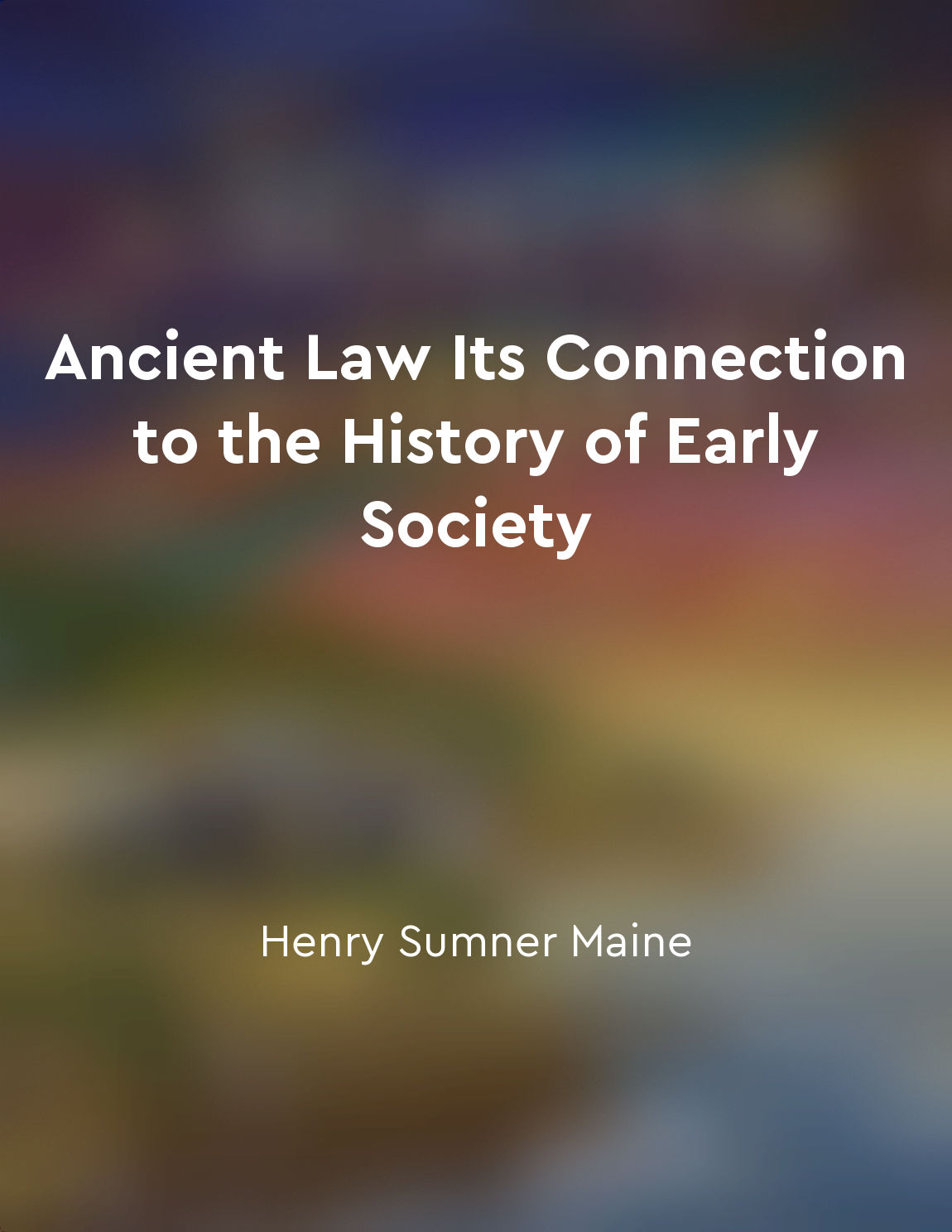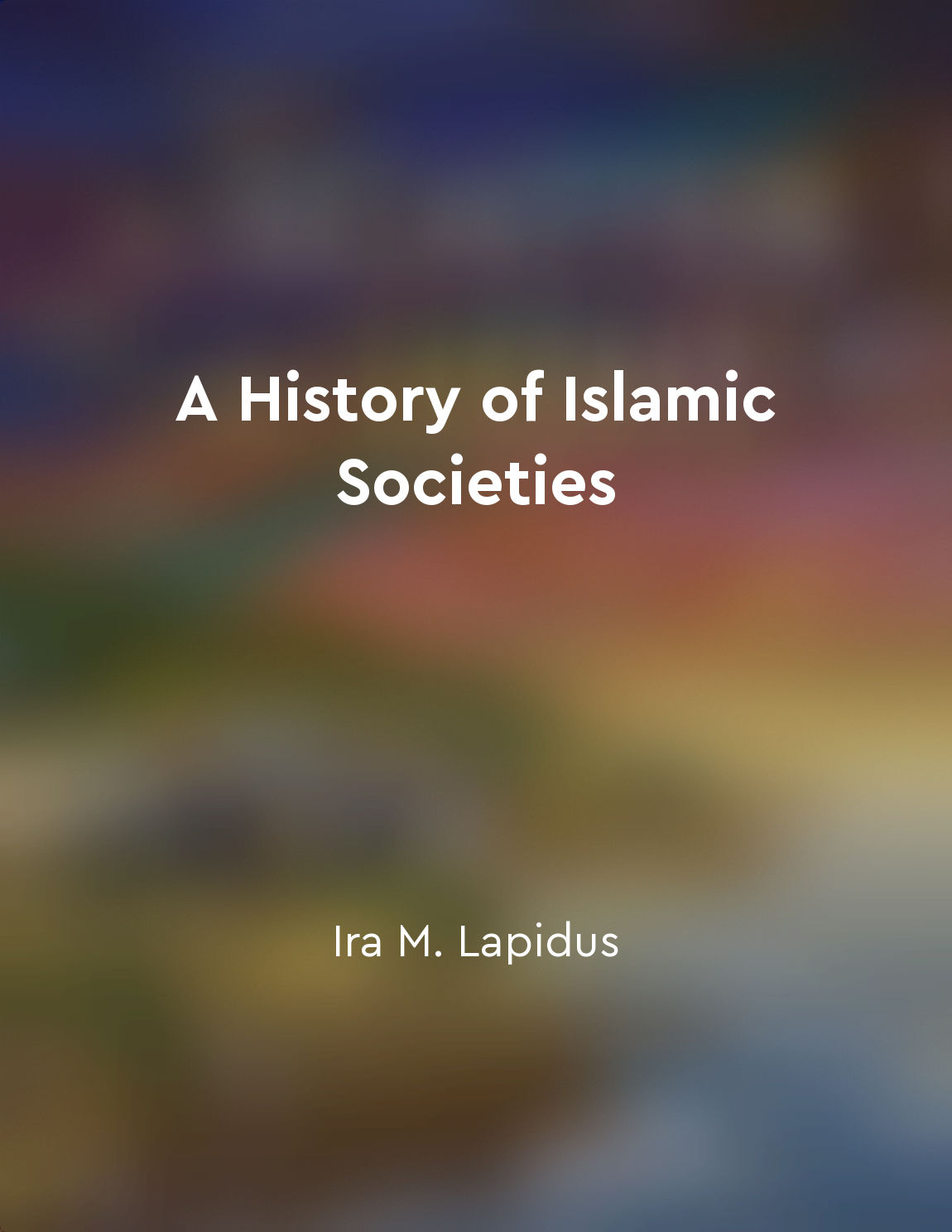Early Islamic societies developed complex political structures from "summary" of A History of Islamic Societies by Ira M. Lapidus
The early Islamic societies in the Middle East and North Africa developed intricate political structures that played a crucial role in governing these vast territories. These political systems were characterized by a combination of centralized authority and decentralized administration. At the top of the political hierarchy was the caliph, who was both a political and religious leader. The caliph was seen as the successor to the Prophet Muhammad and held significant power over the state and the Muslim community. Beneath the caliph were various levels of government officials, bureaucrats, and advisors who helped in the administration of the state. The caliphate was divided into provinces, each governed by a governor appointed by the caliph. These governors were responsible for maintaining law and order, collecting taxes, and overseeing the implementation of state policies in their respective regions. The early Islamic societies also developed a sophisticated legal system based on Islamic law, or Sharia. Sharia served...Similar Posts

Iraqi forces regained control of Mosul
In June 2014, the Iraqi city of Mosul fell to the Islamic State, sending shockwaves around the world. The terrorists paraded th...

Laws play a crucial role in shaping early societies
The influence of laws on the development of early societies cannot be overstated. Laws serve as the framework within which a so...
Philosophical contemplation deepens the understanding of hadith teachings
Philosophical contemplation plays a crucial role in enriching our comprehension of hadith teachings. By delving deeply into the...

The rise of nationalism influenced Islamic societies in the modern era
Nationalism emerged as a powerful force in the modern era, impacting Islamic societies in various ways. The rise of nationalism...

Primitive societies have customs, not laws
In the early stages of society, rules were not created through a legislative process or written down in a formal manner. Instea...

Islamic societies were influenced by interactions with other cultures
Islamic societies have not existed in isolation from the rest of the world; rather, they have been shaped by interactions with ...
